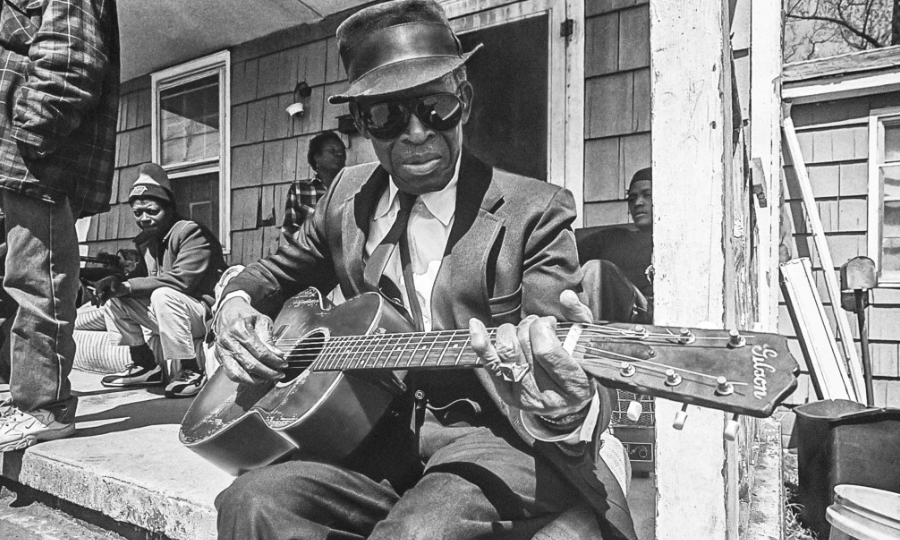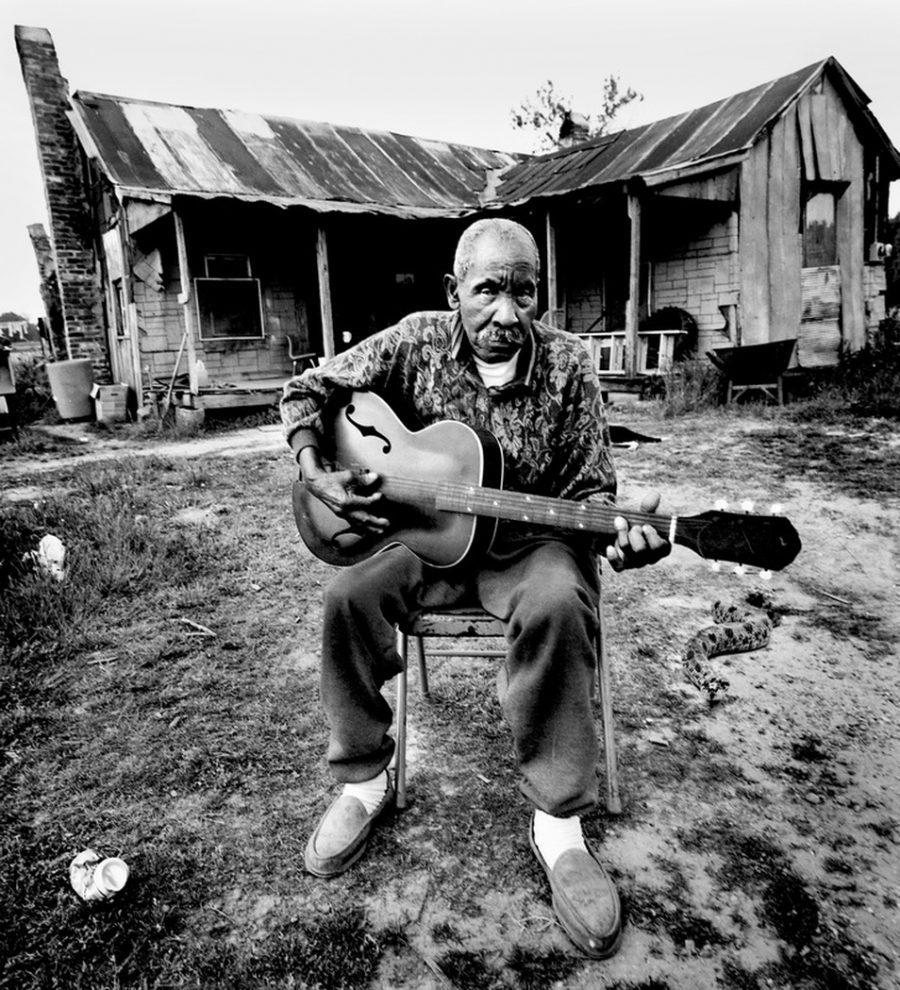From Ma Rainey to Robert Johnson, many voices became a choir that birthed Delta blues and spawned a cultural wave that still rocks music today.
The Mississippi Delta: the ‘land where the blues was born.’ Romantic as it may seem, the term isn’t too far from the truth. Today we look at what exactly gave birth to Delta blues and why it’s still a cultural cornerstone of American music history.
The Mississippi Delta is a fertile plain that runs between the Mississippi and Yazoo Rivers. Highway 61, which ran through the birthplace of Bob Dylan and inspired his sixth album, travels through the heart of the land from Memphis to Vicksburg.

In its earliest form, the Delta blues became the first black guitar-dominated music to make it onto phonograph records in the late ’20s and often borrowed from vocal lines in ‘field hollers’ that the audience and players heard around them every day. Through the spurning of legend and its inherent embodiment of pain and maltreatment, the Delta blues has become a symbolic snapshot of American culture and music as a vehicle for overcoming oppression.
The birth of Delta blues
WC Handy (1873-1958), known as the ‘Father of the Blues’, recalls waiting at Tutwiler in 1903 when he heard a peculiar tune picked out on the guitar. The player was using a knife to slide across the strings and mimic the wailing, sad tones of a human voice as he howled about “Goin’ where the Southern cross’ the Dog”.
Handy’s skills as a composer allowed him to transpose what he heard into the earliest blues songs, using characteristic chord progressions and A-A-B rhyme patterns.
In 1902, a 16-year-old girl was touring the same marshland area with her minstrel parents. She heard a woman singing a sad love song one evening and was so moved that she learnt the song by heart and played it as an encore in her vaudeville act. After marrying Will Rainey two years later, Ma Rainey became known as the ‘Assassinator of the blues’ and made 100 recordings between 1923 and 1928.
These two events occurring in such close approximation are said to mark the birth of the blues.
Dockery Farms ‘First School of Blues’
By the mid-twenties, the juke-joints and fish-fries in every little down in the Delta were moving to the sound of the blues. The sound became characterised by repeated guitar riffs, heart-rending vocals, and 12 bar circular progressions.
The most important recording artists of the time played finger-picked acoustic guitar and slide guitar giving it a characteristic stripped-back aesthetic defined by its palpable soul and haunting vocals.
Just outside Clarksdale at the Will Dockery Plantation, there was a worker named Henry Sloan who had earned a reputation as a stylish performer and bluesman which spread across the Delta.
Charley Patton, Willie Brown and Son House all lived at Dockery on and off and swapped songs, tunes and licks amongst themselves and other musicians on their travels. Tommy Johnson, Sam Carr, Howlin’ Wolf, and most famously Robert Johnson, were among the players under the tutelage of this formative ‘school’ of blues. This was one of many unofficial schools spread across the swamplands of the Delta.
Skip James was a leading light in the Bentonia ‘school’ defined by its high falsetto vocal techniques that were spread over various notes of a minor key.
In the ’20s and ’30s, there were hundreds of blues artists playing all over the Delta. Many followed the river upstream to Memphis which boasted a thriving blues scene around Beale Street becoming a natural centre of gravity for Delta players.
Many musicians of rural poverty travelled there in search of a better life and made pivotal post-war blues records. While the amount of quality blues albums born from this cultural movement are endless they all share the developmental ‘down-home’ feel of their formative years.
The Legacy of the Delta
While the blues is now an epochal musical staple, many of the original Delta musicians either died at an early age or drifted into obscurity. It wasn’t until the 1960s and the British blues invasion that many of the Delta artists achieved the recognition they deserved.
Artists like John Lee Hooker, Howlin’ Wolf, and Son House were lucky to live long enough to catch the second wind of the blues. This has caused much controversy however due to a predominantly white audience appropriating the blues music of the black diaspora and garnering mainstream success as a result.
Nonetheless, Son House beat the odds. After serving time in prison for killing a man, House retired from music and went to work for a railroad company in upstate New York until he was rediscovered by Folk/blues enthusiasts in 1964 and generated significant fame.
Furthermore, Muddy Waters and Howlin’ Wolf both left the Mississippi where they played a key role in defining and developing the Chicago blues sound. In its new setting, the solo approach to Delta blues was replaced by a high energy ensemble that largely embraced electric guitar, anticipating the rock revolution of the ’60s.
Drawing on the presence and power of artists like Howlin’ Wolf and Muddy Waters, artists like The Rolling Stones, Eric Clapton, The Beatles, Bob Dylan, and countless others transformed blues into a distinctly modern rock context.
As a result, the influence of the Delta can be felt rippling through the rock of the ’60s and ’70s and beyond, becoming a major catalyst for American popular music and the vitality of the Mississippi sound.
It’s hard to define what sparked such an explosive cultural phenomenon in a relatively small area but its historical influence is difficult to refute with the blues continuing to burn bright with modern artists such as John Mayer, Gary Clark Jr., and Jack White.



